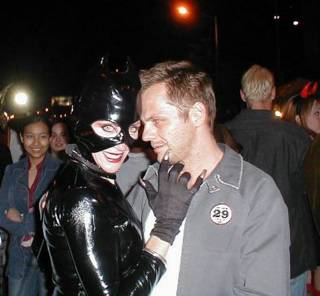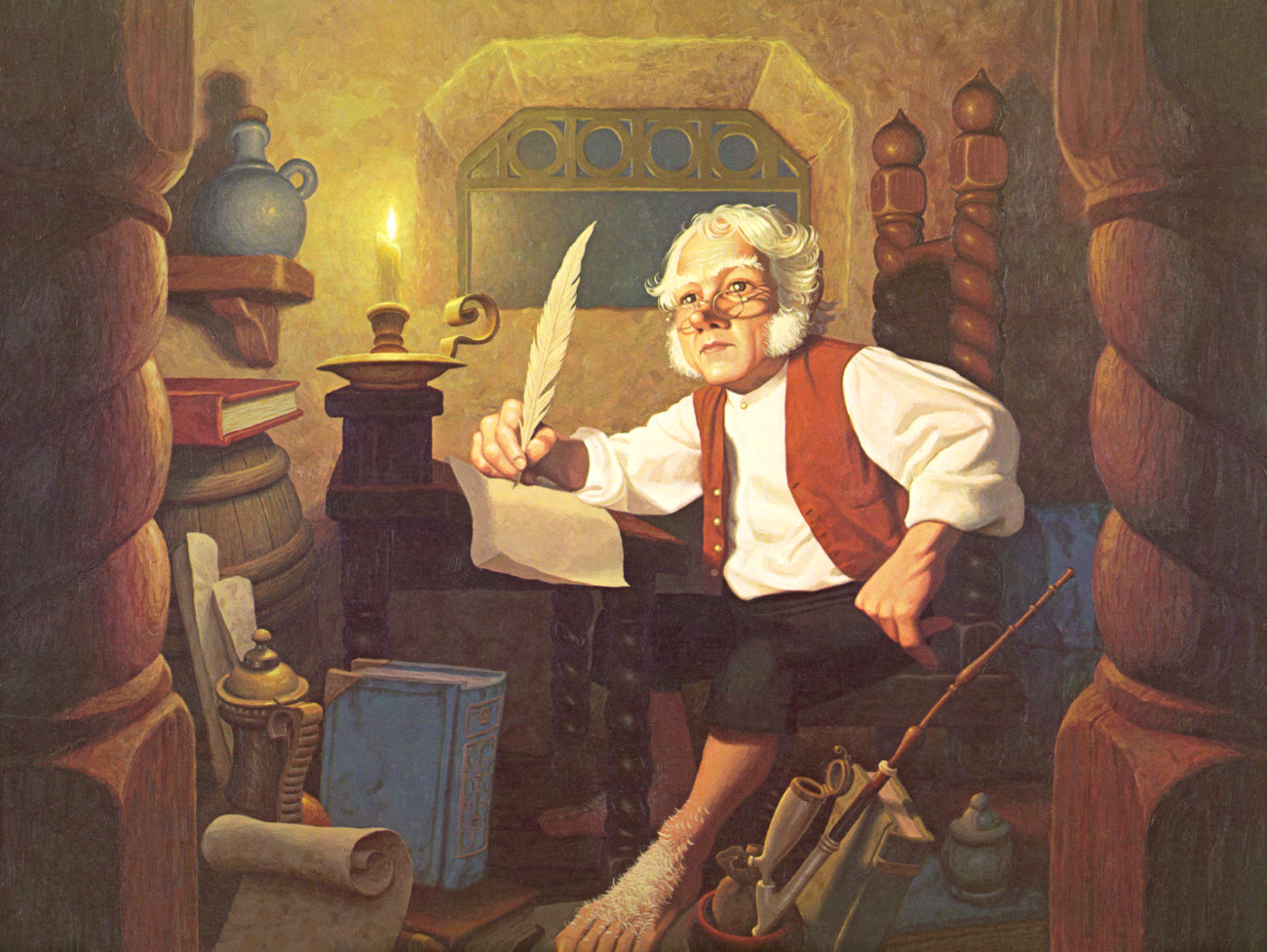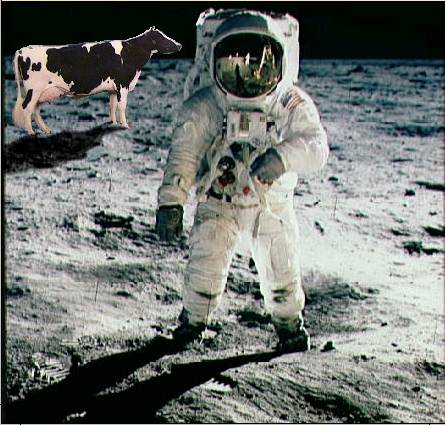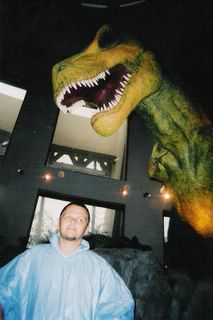These Bits Are Made for Walkiing
Walking Small: The First Bipedal Molecule
from LiveScience
Scientists have created a molecule that walks on two feet when it feels hot.
have created a molecule that walks on two feet when it feels hot.
The molecule, called 9,10-dithioanthracene (DTA), walks in such way that only one "foot" rests on a surface at any one time. When heated, the body of the DTA molecule pivots forward, causing one leg to lift up and the other to plop down.
In this hot-potato fashion, it plods along in a straight line without veering off course or stumbling.
Bipedalism like this is, of course, the preferred mode of natural movement for humans, but it's not easy to accomplish even in the realm of human-sized robots.
DTA can also be lured by the tip of a scanning tunneling microscope serving as a sort of carrot. In tests on a standard copper surface, DTA took 10,000 steps without faltering once.
Ludwig Bartels, lead researcher of the project at the University of California, Riverside, said the tiny walker could one day be used to guide the movements of molecule-based information storage or even computation.
The bipedal molecule joins a growing list of recently manufactured oddities at the molecular level:

The World's Smallest Car
The World's Smallest Motor
The World’s Smallest Robot
The World's Smallest Refrigerator
The World’s Smallest Fountain Pen
from LiveScience
Scientists
 have created a molecule that walks on two feet when it feels hot.
have created a molecule that walks on two feet when it feels hot.The molecule, called 9,10-dithioanthracene (DTA), walks in such way that only one "foot" rests on a surface at any one time. When heated, the body of the DTA molecule pivots forward, causing one leg to lift up and the other to plop down.
In this hot-potato fashion, it plods along in a straight line without veering off course or stumbling.
Bipedalism like this is, of course, the preferred mode of natural movement for humans, but it's not easy to accomplish even in the realm of human-sized robots.
DTA can also be lured by the tip of a scanning tunneling microscope serving as a sort of carrot. In tests on a standard copper surface, DTA took 10,000 steps without faltering once.
Ludwig Bartels, lead researcher of the project at the University of California, Riverside, said the tiny walker could one day be used to guide the movements of molecule-based information storage or even computation.
The bipedal molecule joins a growing list of recently manufactured oddities at the molecular level:

The World's Smallest Car
The World's Smallest Motor
The World’s Smallest Robot
The World's Smallest Refrigerator
The World’s Smallest Fountain Pen







 what the Great Conjunction is. 'What's the Great Conjunction?'
what the Great Conjunction is. 'What's the Great Conjunction?' 




 A Is for Androids
A Is for Androids B Is for Boba
B Is for Boba C Is for Calvin
C Is for Calvin D Is for Dragons
D Is for Dragons E Is for Elric
E Is for Elric F Is for Futures
F Is for Futures G Is for Genie
G Is for Genie H Is for Hobbits
H Is for Hobbits I Is for Iceman
I Is for Iceman J Is for Jedi
J Is for Jedi K Is for Kraken
K Is for Kraken





































































0 Comments:
Post a Comment
<< Home